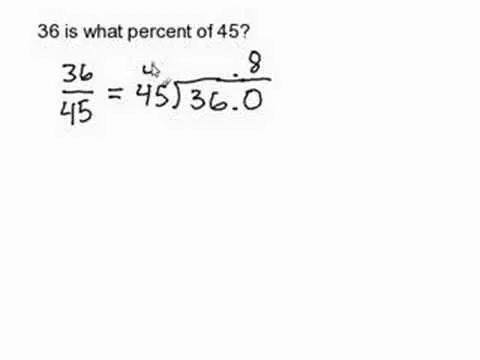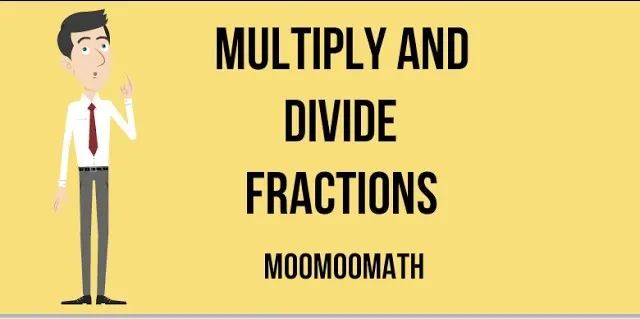This tutorial describes the method to calculate the area of a triangle and a parallelogram To calculate the area of a triangle: 1. Draw a perpendicular line from the base to the top vertex of the triangle.2. Measure the length of this perpendicular line and call it as its height.3. Measure the length of the base of the triangle.4. Area of the triangle is equal to half the product of the height and the base. In other words, Multiply the height and base. Divide the resultant value by 2. This is the area of the triangle. For example, if the height is 10 cms and base is 6 cms, then the area is 10X6 = 60. 60 / 2 = 30. Area = 30 square cms. Calculating the area of parallelogram is little bit easier when compared with triangle. To calculate the area of a parallelogram: 1. Figure out the perpendicular height of the parallelogram as did for triangle.2. Measure the length of the base.3. Area of the parallelogram is equal to the product of the height and base. In other words, multiplying the height and base gives the area of the parallelogram. For example, if height is 15 cms and base is 10 cms, the area is 15 X 10 = 150. Area = 150 square cms.
Apple's iOS 26 and iPadOS 26 updates are packed with new features, and you can try them before almost everyone else. First, check Gadget Hacks' list of supported iPhone and iPad models, then follow the step-by-step guide to install the iOS/iPadOS 26 beta — no paid developer account required.
























Comments
Be the first, drop a comment!